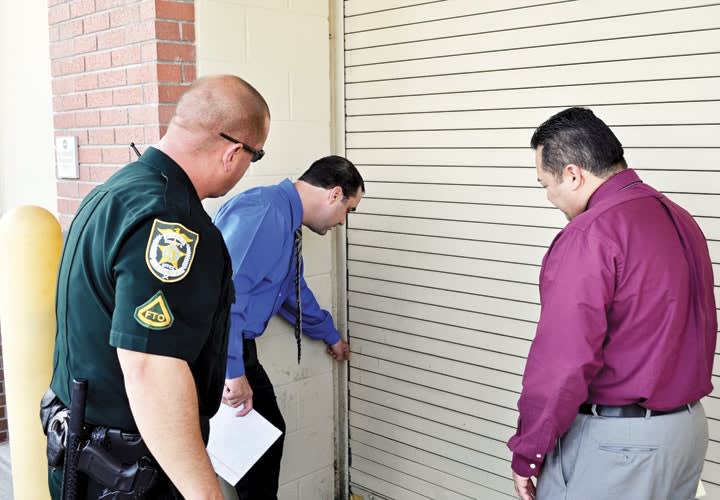Curiosity is one of those essential characteristics for any LEO assignment. Curiosity means wondering about how things happen and why. It means questioning what you see, hear, and more importantly what people do.
For example, why is the suspect adamant about his side of the story and yet he can't look you in the eye while telling it? Maybe it means something or maybe it doesn't, but you'll never know for sure until you find out. Curiosity is the art of finding potential red flags and seeing if they lead anywhere. If you are not curious you will miss clues, hints, and suspicious coincidences.
Curiosity crosses over all levels of investigations. Think about the way a small child looks at the world. Toddlers are seeing things for the first time and trying to understand not only what they are seeing but why. This is a useful way for officers to view the world. Ralph Waldo Emerson said, "Curiosity is lying in wait for every secret." That's what we do…we unlock answers so we can bring secrets out into the open. Only an innate curiosity will bring important questions to the forefront. If they are never asked there will never be answers.
I remember early in my career my zone partner helped solve a murder simply by being curious. It was late at night and as we were leaving a check on the well-being of a citizen, he spotted a suspicious drop of something on the driveway that reflected off his flashlight. Someone else might have just ignored it. It could have been a drop of oil or anything car-related and nothing more. However, upon closer examination it looked like a drop of dried blood.
That one clue led us to ask more questions, to conduct an area canvass of the neighborhood, and then to have our detectives come out to the scene based on new information we developed. They ended up solving the case a few hours later complete with a murder confession.












